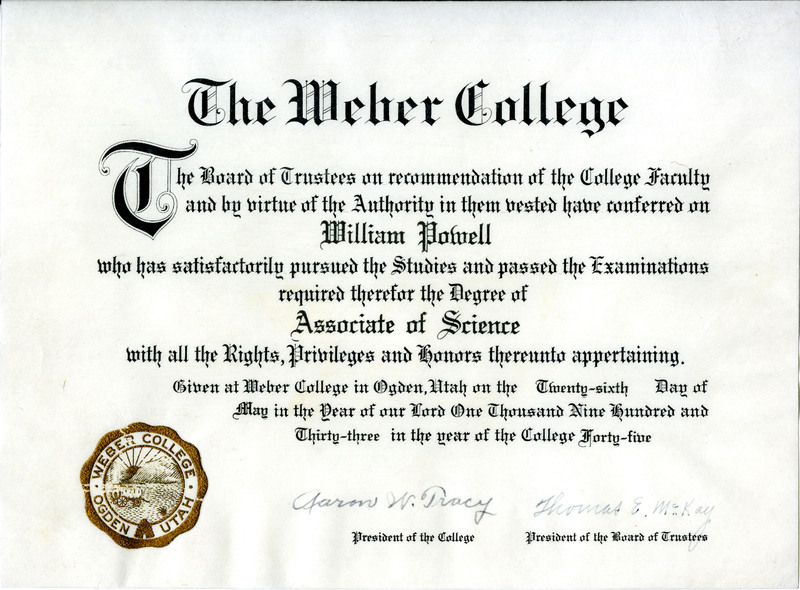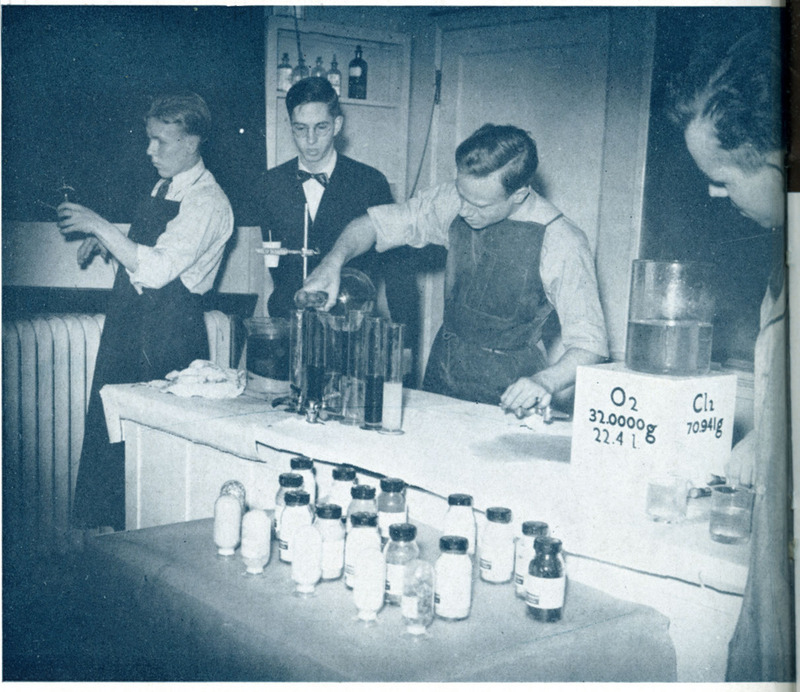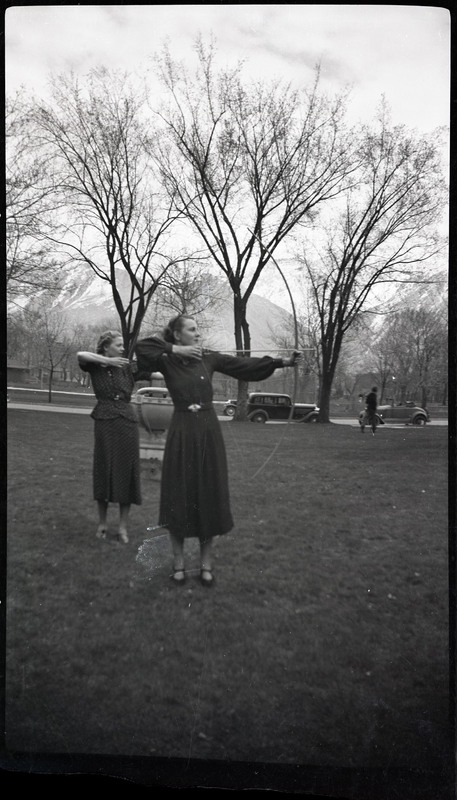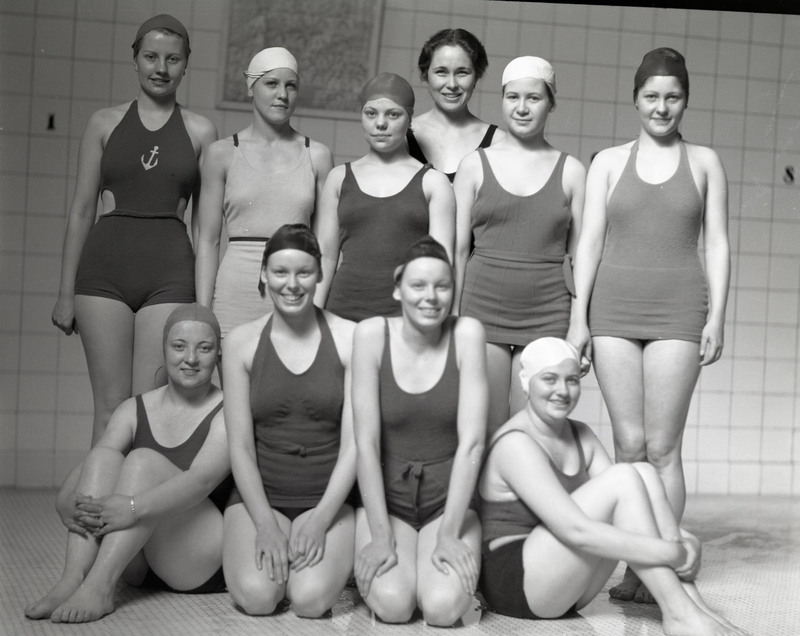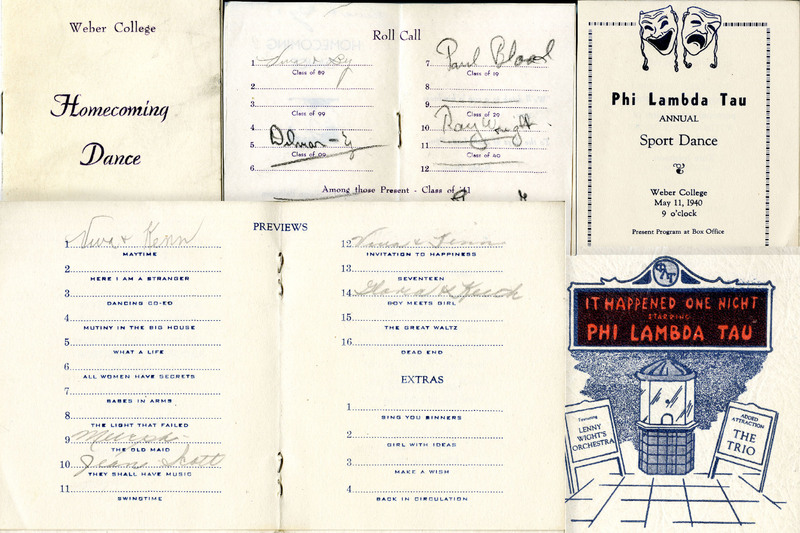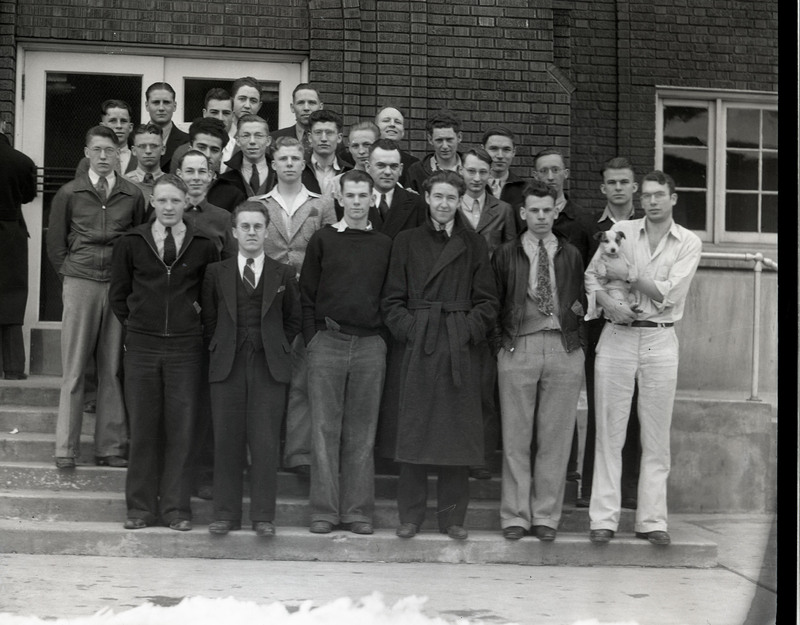1932-1941
The period of 1932-1941 was greatly affected by the Great Depression. To help cut costs during this period Weber College stopped producing many periodicals like the yearbook, which stopped being published from 1932-1935, and the student newspaper, the Weber Herald, which was not published between 1926-1932.
During this time of hardship, however, Weber College was determined to helping students continue their education. During the 1931-1932 school year President Aaron Tracy allowed tuition to be paid with produce and mean instead of money.
After several years of legislative review Weber College was transferred from the Church of Jesus Christ of Latter-Day Saints to the State of Utah, making Weber College a state-sponsored two-year college starting in 1933.
Even during this time of economic hardship, the students at Weber College enjoyed a student life filled with dances, sports, clubs, carnivals, and other activities. In 1935, the Women’s Athletic Association was organized to help create an interest in Women’s athletics, and in 1937 the corresponding Men’s Athletic Association was established. These two groups would primarily be in charge of running the years intramural sports which included, for both men and women, swimming, basketball, tennis, archery, ping pong, and fencing among more.
In the name of school spirit, the WHIP association was created in 1934. This organization was comprised of young women from the college who would attend sporting events, assemblies, and other activities to help spread school spirit among the student body.
In 1935, the Weber Herald stopped publication. From 1935-1937, campus news was disseminated on a bulletin board, called “The Sign Post,” twice a week. In 1937, the student-run newspaper The Signpost started official publication as the new student newspaper.
Students were also extremely active in the fraternity and sorority organizations during this time. Many of these organization that started from 1932-1941 continued for decades to come including Chanodo (1939), La Dianaeda (1934), Otyokwa (1932), Phoenix (1935), and Alpha Rho Omega (1940).
Notable events: Forestry student field trip to Southern Utah, Northern Arizona and Nevada (1934); Student fees used to send food to Britain in response to war (1941).



